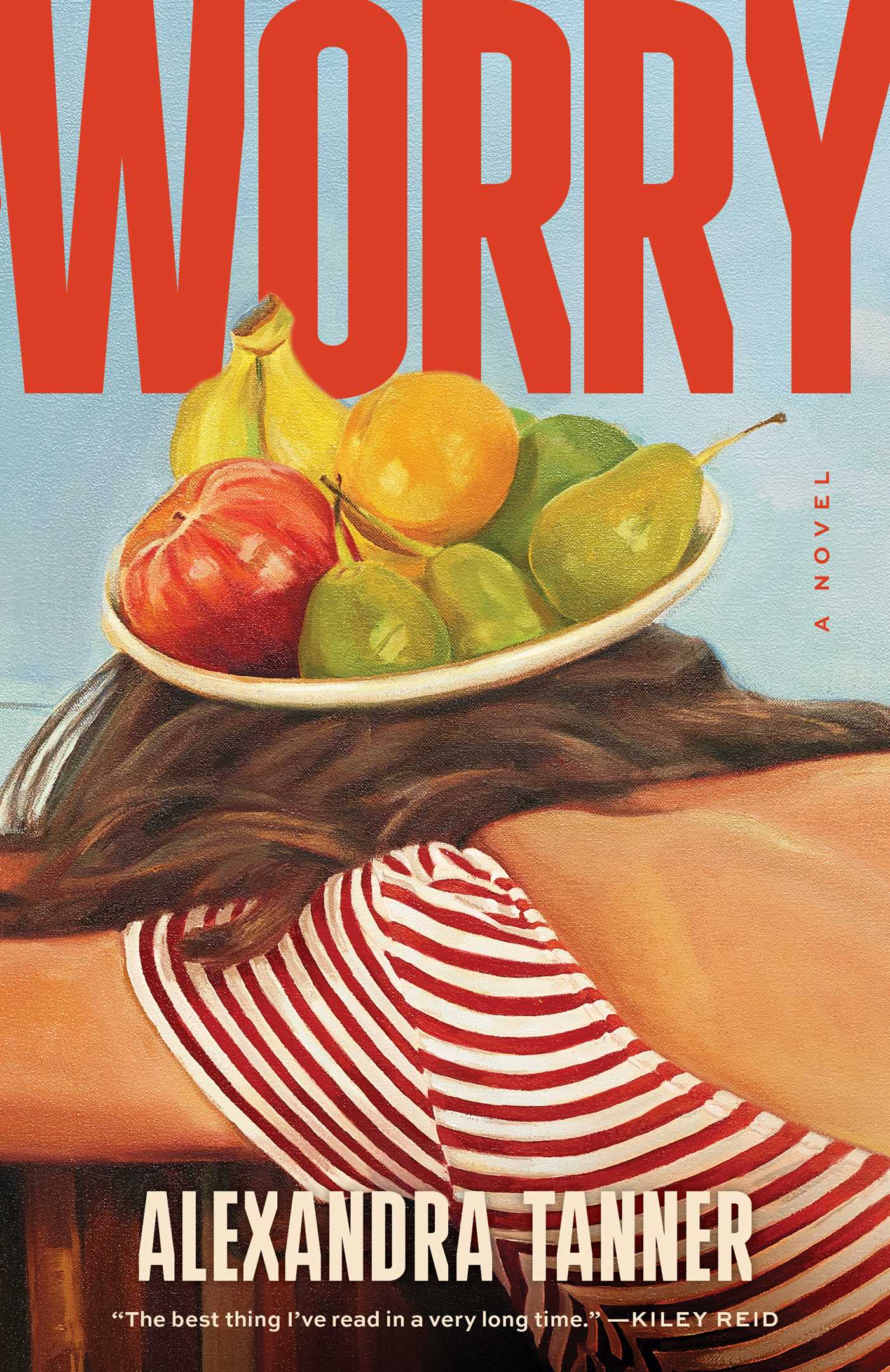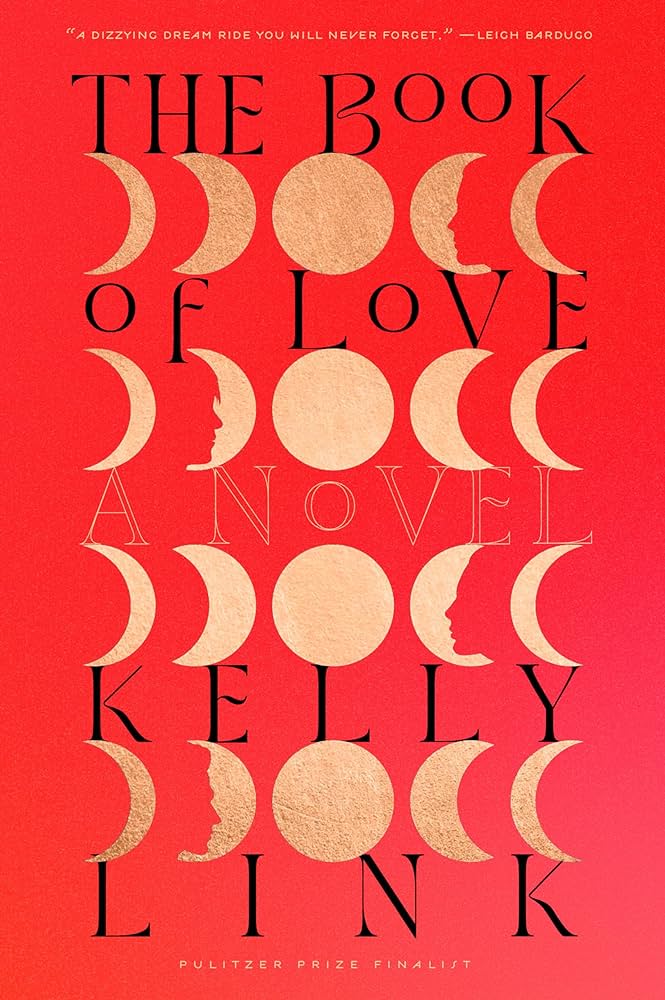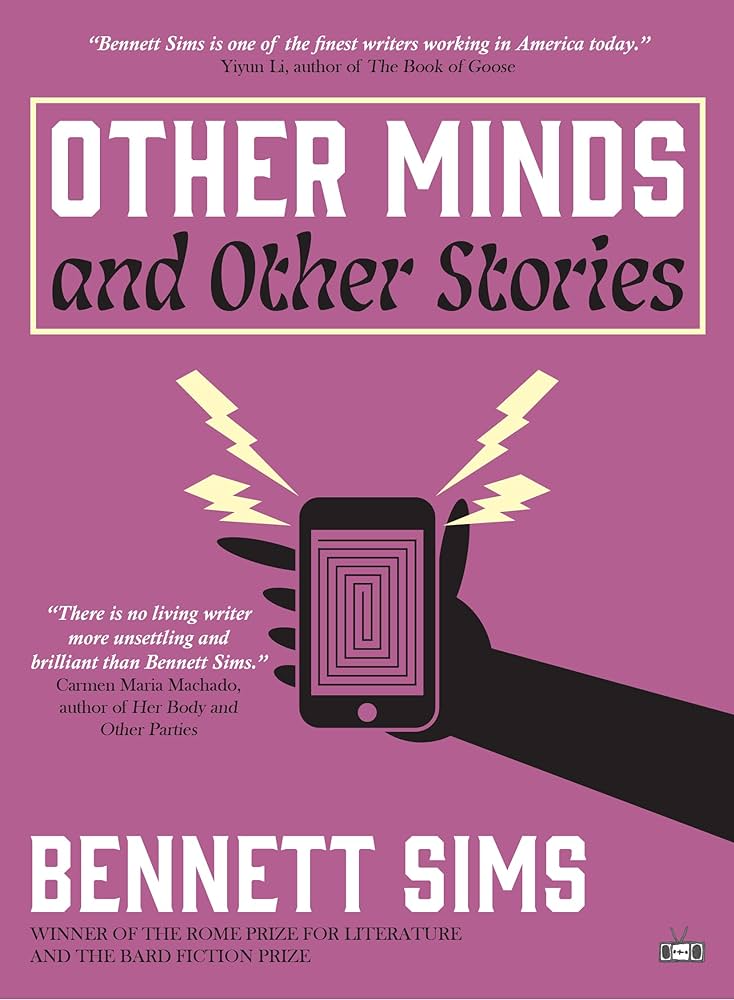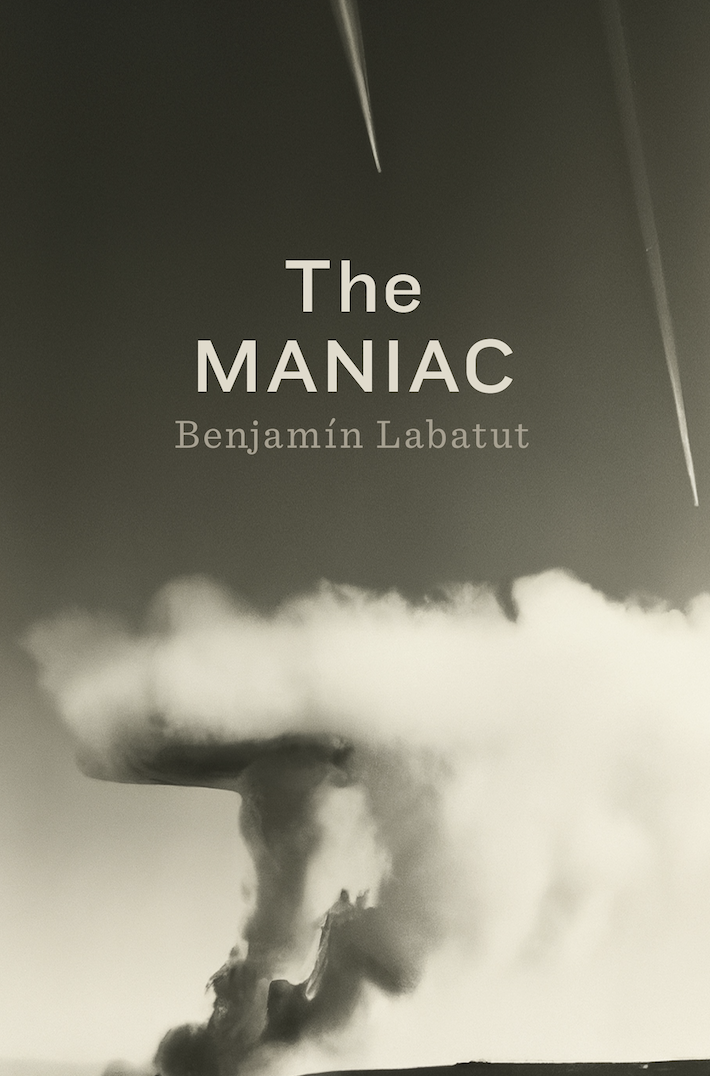 These days, bios for George Pelecanos tend to lead with the fact that he has won awards for his work on the HBO series The Wire and now writes for the cable network’s new series Treme, but over the past two decades the freakishly prolific Pelecanos has written sixteen novels, nearly all starring cops or private investigators and set in and around Washington DC. His latest, The Cut, is out this week, and if you are a guy, have ever wondered what was going on in a guy’s head, or just like sharp, well-written crime fiction with a point, you owe it to yourself to check it out.
These days, bios for George Pelecanos tend to lead with the fact that he has won awards for his work on the HBO series The Wire and now writes for the cable network’s new series Treme, but over the past two decades the freakishly prolific Pelecanos has written sixteen novels, nearly all starring cops or private investigators and set in and around Washington DC. His latest, The Cut, is out this week, and if you are a guy, have ever wondered what was going on in a guy’s head, or just like sharp, well-written crime fiction with a point, you owe it to yourself to check it out.
But if you are, like me, already a Pelecanos fan, The Cut is doubly worth a look. After a brief period of floundering between forms, Pelecanos returns here to the P.I. procedural a stronger, more interesting novelist, not just in terms of his prose and his characters, but in terms of his reach and ambition. Unlike literary authors such as Michael Chabon and Colson Whitehead, who make calculated bombing runs at the fortress of genre from on high, Pelecanos is slowly blasting his way out, not abandoning the kinds of stories and characters that have served him so well, but deepening them, getting inside them in new ways. The result isn’t capital L literature – we’re not talking Tolstoy here – but it makes for a very satisfying read.
For as long as I’ve been reading him, Pelecanos has been principally concerned with two issues, race as it is lived in Washington DC, and manhood as it is lived by working-class guys in DC and the world over. The first of these themes is overt, and in his earlier books Pelecanos tended to run at the mouth a bit, letting his plots and his characters get preachy on the myriad ways black and white people find to be evil to one another. The second of these themes strikes me as entirely unwilled, Pelecanos’ obsession with what it means to be a good man spilling out of him as naturally, and nearly as copiously, as his music and pulp fiction references and his encyclopedic knowledge of DC’s neighborhoods.
These two themes collide to excellent effect in The Cut, a caper tale in which an Iraq War veteran turned freelance P.I. named Spero Lucas is sent by a jailed drug dealer to find out what happened to two stolen Fed Ex packages of top-grade weed and, predictably, gets in over his head. Already, in his choice of heroes, Pelecanos is toying with, and deepening, his earlier themes. His first three books were narrated by a Greek DC resident named Nick Stefanos, a hard-drinking one-time bartender and electronics store salesman who gets drawn into criminal investigations. After that, Pelecanos often used “salt-and-pepper” teams of investigators, one white, one black, who work together but also come at the crimes they are investigating from their separate racial identities.
In Spero, Pelecanos combines these character types and tosses them into a post-modern blender of racial and family identity. As we learn over the course of the book, Spero is the white non-Greek adopted son of an Orthodox Greek DC-area family that also took in two black children. Pelecanos handles all this very well. For the first fifty pages, even though he’d given a detailed physical description of Spero down to his “green [eyes], flecked with gold,” I wasn’t sure whether Spero was one of the family’s black adoptees or the white one. His music references are all over the map. He seems equally at ease with white attorneys and black drug dealers. He goes out for dinner with a pretty white girl several times and never gets the stink-eye, but, hey, it’s 2011 – maybe DC has changed. I wasn’t sure until I learned that his two brothers were black, and, playing detective, I deduced by process of elimination that Spero was indeed a white dude.
This is all so much more subtle, and interesting, than his characters’ fulminations on race in the earlier books. Before, I nodded along knowingly as they yammered on, mentally tsk-tsking the weirdness of the racial folkways in the nation’s capital. Now, it was my racial prejudices under examination as I tried to deduce Spero’s race from his dialogue and the way other characters responded to him. Why did it matter so much to me whether he was black or white? I had to ask myself. Was it because I liked him as a character? Was it because he was sleeping with an attractive, educated white girl? I sure hope not, but already I was doing a lot more work than I’d bargained for.
The best part of all this is that it doesn’t weigh down the plot, which, as with all good books for and about guys, is mostly about chasing after money and cute girls. Pelecanos, now well into his fifties, is unusually adept at getting inside the minds of young guys who are clinically incapable of looking at a woman under thirty and not picturing her naked. Here is our hero, a mere two pages into Chapter 2, after an evening of light-socket sex with Constance, a legal intern from his boss’ office:
She rolled off the mattress and stood. He watched her cross the room slowly, deliberately, so he could take her in. She was proud of her body, and rightly so. He listened to her in the bathroom, washing herself, and then the sound of water drumming in the sink. Thinking, this is what I dreamed of when I was overseas: a nice big comfortable bed in a place of my own, money in my pocket, good looking young women to laugh with, sometimes just to fuck, sometimes to make love to. God, what more did you need?
If this sort of thing isn’t your cup of tea, then don’t waste your time with Pelecanos, because Pelecanos’ gaze is pretty much all-male all the time. In The Cut, the only women who don’t get naked are either disqualifyingly old, seriously ugly, or Spero’s mother.
But this is different from saying Pelecanos is misogynist or uninterested in his female characters. In the hands of a lesser author, Constance, and Spero’s other conquest, Lisa, would be sexbots with job descriptions, but despite the fact that both of them spend a fair portion of the book naked and prone, they come off as real people. Constance is onto Spero’s squirreliness, and though he cheats on her in a most unchivalrous fashion, one is given to understand that he does so to save her from getting into a serious relationship with him that he isn’t ready for – a line of reasoning that makes no damn sense to Constance, but is clear as water if you’re a guy.
And in fact, though Spero himself might not be aware of it, Pelecanos knows that his hero does need more than a few bucks in his pocket and a cutie in his bed. The book is structured as an extended chase, with bundles of money and ganja keeping everybody in motion, and it works entirely at that level. But deeper down, the book is really about a battle between two models of manhood, one that takes its responsibilities seriously and one that doesn’t. Listen to two of the main baddies, Ricardo Holley and Beano Mobley, talk about Ricardo’s son, Larry, a decent young DC cop who has let his deadbeat father dupe him into helping to steal the weed from the drug dealer:
“I got him under control,” said Ricardo. “But I rue the day I tapped that heifer he calls Mom.”
“We all got regrets.”
“Shoulda pumped my nut into a dirty sock instead.”
“You can pick your nose,” said Mobley, “but you can’t pick your goddamn relatives.”
This is funny byplay, but it is also Pelecanos at his most serious. Beano and Ricardo aren’t bad guys because they sell drugs or even because they kill people. After all, Spero has killed people in Iraq. No, Beano and Ricardo are bad because they don’t look after their families, because they disrespect their women and walk away from their kids. Even the jailed drug dealer, Anwan Hawkins, is portrayed as merely a businessman working the gray areas because, crucially, he tells Spero to turn the stolen drug money over to his wife and children.
The Cut is the first in a projected series and it seems clear that Pelecanos has in mind an extended coming-of-age narrative. In this volume, Spero is 29 years old and has been tested in battle in Iraq, but he is not yet a man by Pelecanos’ lights. Without giving too much away, the story of The Cut turns on the kidnapping of a child. Spero the adoptee takes a fatherless young boy under his wing, and almost gets the boy killed. I won’t say how it turns out, but it wouldn’t be a Pelecanos story if Spero didn’t advance a tiny bit toward manhood and learn something about himself in the process.










